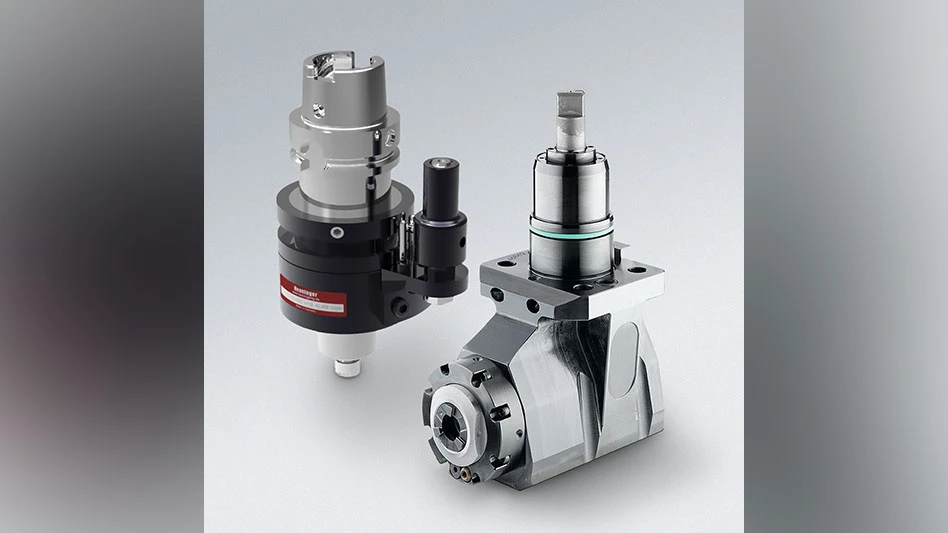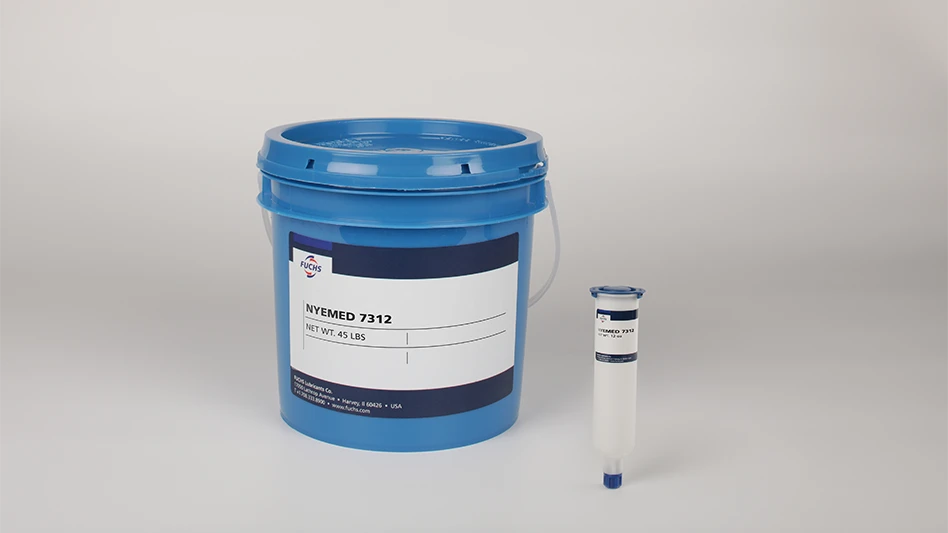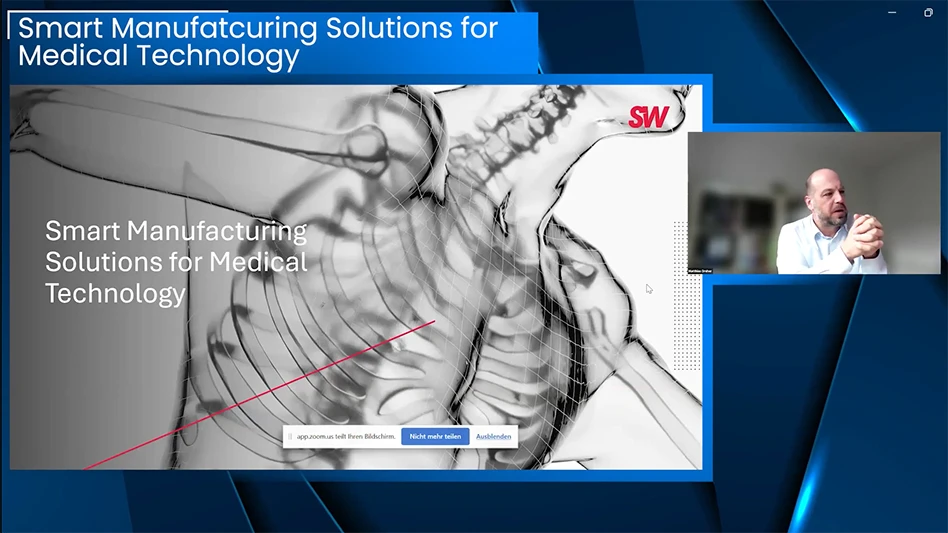
L2L

Across the nation, medical device and medical supply manufacturers face a massive need for products to combat the COVID-19 pandemic. And, there is high demand for quick delivery. This puts manufacturers in a bind. Production speed is easy to increase if you are willing to sacrifice quality. Quality is easy to maintain if there’s enough time. To achieve the highest quality at higher production rates, there are strategies to apply.
Medical production is a no-fail environment, as defects or inaccuracies can cost lives. Communicating and escalating quality control (QC) problems must be a top priority, streamlined so they are clear to everyone involved.
Quality must be built into medical devices. Post-production inspections are vital, but they can’t be the only solution. In a crisis, there’s no time for do-overs.
If quality inspectors are finding defects, you have a quality control risk championed by a process capability problem. A zero defects philosophy means fully addressing every problem. Errors found during QC inspection should signal high alert. It should trigger a full root cause analysis and a rigorous process for addressing the issue and implementing corrective actions from the production process back to the supplier and the process if needed.
Step 1: Identify the defect
Three common techniques can identify problems.
- Failed QC inspection or test – Inspections are opportunities to capture potentially larger problems. Failures have a direct relationship to your process capa-bility. Failed inspections should trigger a process that drives root cause problem-solving and corrective action.
- Machine data thresholds and scraps – Production data could also trigger problem solving.
- Operator, human awareness – Empower operators to identify problems and immediately elevate issues in real-time. Allow operators to shut down the line. Often overlooked or underestimated, this important element of problem identification recognizes the human ability to sense and adapt to problems quickly. Trusting technology without question puts quality at risk.
Step 2: Notification, problem escalation
This is a step where time can easily be lost. Once identified, problems must be analyzed and resolved quickly. A real-time system must track performance and dispatch the proper resources to address and fix problems correctly. A closed-loop system can ensure the appropriate workflow steps are taken with proper follow-up action. Companies are often unable to ensure proper action or track workflow in real-time, struggling to meet quality and production demands.
Some companies manage problem identification and solution using a bewildering number of tools: radios, phones, texts, whiteboards, email, even sticky notes. A method to communicate to the right people at the right times, in real-time, is critical to achieving zero defects.
Step 3: Investigate the cause

Now, it’s time to fix the problem. Fast.
Real-time monitoring allows problems to be dealt with quickly, before production suffers or evidence is lost. Again, we’re not talking about post-production reports informing the team what went wrong in the past. Now, you must know what’s going wrong while events are happening.
Once we know we have a problem, its source must be identified (man, machine, measurement, material, process, etc.). Finding the root of the problem is key. Is it a machine issue? A process or training issue? Is it a supplied component that is causing the issue?
Step 4: Isolate product, material
Upon encountering a defective product, systems must allow team members to identify and isolate affected products to protect customers and suppliers from receiving defective products.
For example, if a problem is related to a certain supply of materials, the next step would be to get all of the defective material and products made from it and remove it from the line. A real-time tracking systems is mandatory.
If the problem is machine-related, users must analyze machine and maintenance data to find a possible starting point to bookend the issue. A system that brings these data together will help create a timeline of events.
Step 5: Locate root cause
Medical device manufacturers need to dig into the systemic cause of issues, or they will return. Working in manufacturing for 30 years, I’ve seen companies spot a problem, correct it, and move on. As in healthcare, fixing a symptom is useless if there’s an underlying systemic problem. If it’s a machine or maintenance related issue, it’s critical to understand and address the systemic cause.
For example, if following preventative maintenance, a piece of tooling was reinstalled incorrectly, simply correcting the installation doesn’t fix the systemic issue. The ideal solution would be to modify the tooling in a way that it can only be installed in the correct orientation.
If the problem is related to a supplied component that was defective, companies must work with suppliers to identify and correct the systemic cause in their processes. Mistakes never resurface, and production can continue without repeated breakdowns.
With high-demand devices such as ventilators, manufacturers cannot afford repeated slowdowns because a systemic problem was not found and solved.
Step 6: Corrective actions

No matter how much work you do upfront to prevent quality issues, things can and will go wrong. Defects will occur. The important thing is that we do something to prevent and protect the customer from these defects before a problem reaches them.
An inspection may catch a future problem, but wouldn’t you sleep better knowing that you corrected the systemic cause of the problem, improving your process capability?
Step 7: Share corrective actions
Once you’ve identified a quality problem or even a potential quality problem, immediately share this information with other applicable areas and sites. An effective Lean Execution System (LES) can track communication and corrective action implementation across areas and sites, resulting in thousands of medical devices and medical supplies reaching the medical community when they are needed most.
Leading2Lean
https://www.l2l.com
Get curated news on YOUR industry.
Enter your email to receive our newsletters.
Explore the September 2020 Issue
Check out more from this issue and find your next story to read.
Latest from Today's Medical Developments
- Precision matters
- Talking toolholding and workholding over lunch
- How accurate strength predictions will shape the future of lightweight materials
- Unpacking electric vehicle market turbulence
- TRANSOR launches new website
- Guill Tool & Engineering’s micro medical extrusion tooling
- BD announces $35 million investment in syringe manufacturing
- Explore the advanced features of BEHRINGER's HBE663A Dynamic horizontal bandsaw






